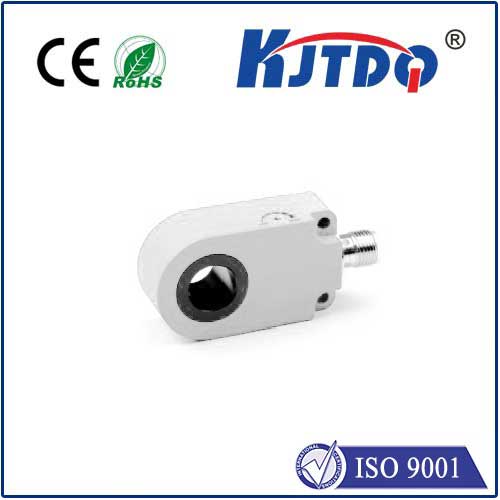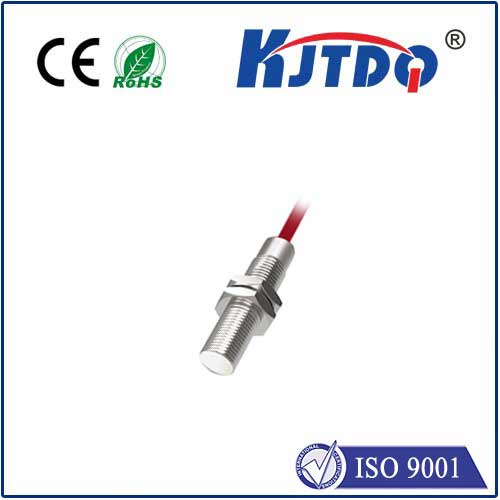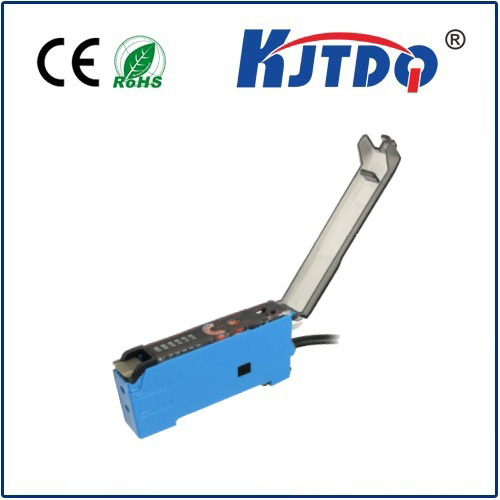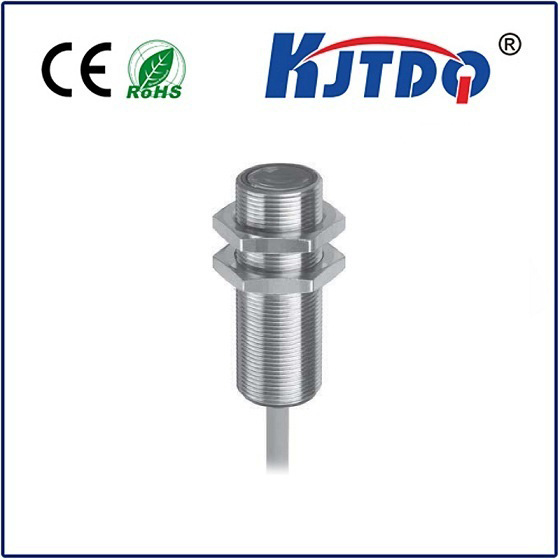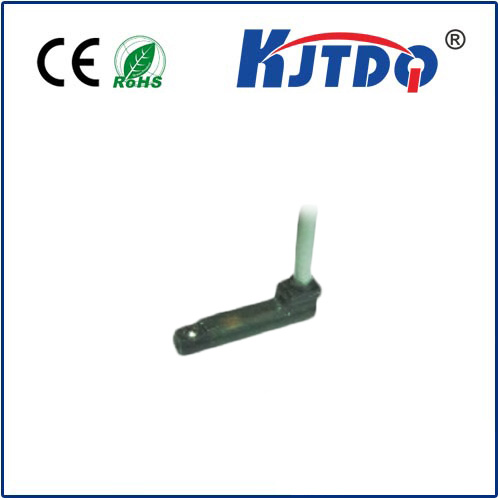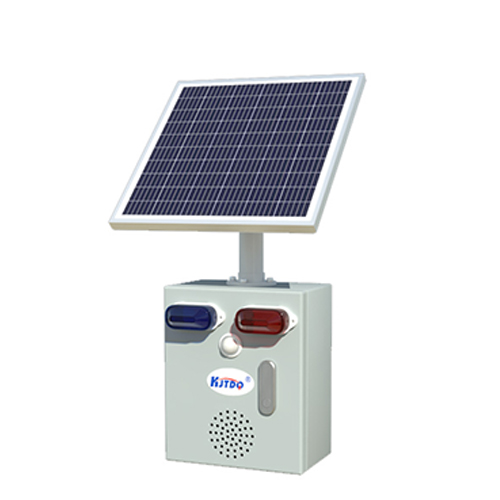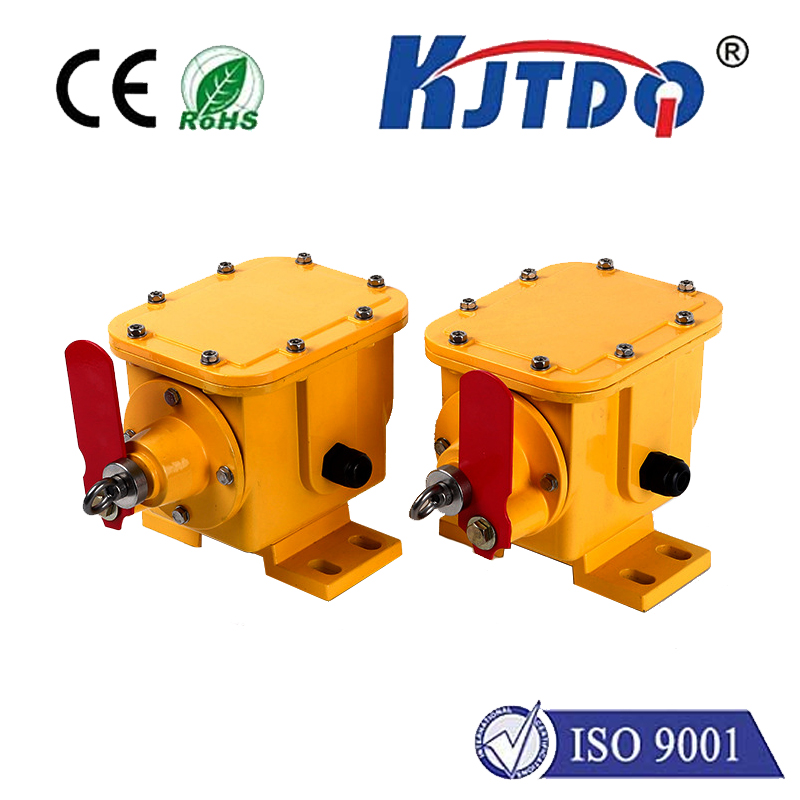BES0528 high pressure proximity sensor
- time:2025-09-30 20:31:52
- Click:0
Mastering Harsh Environments: Your Guide to the BES0528 High Pressure Proximity Sensor
In the relentless world of industrial automation, heavy machinery, and hydraulic systems, components face extraordinary challenges. Pressure, shock, vibration, temperature extremes, and corrosive fluids are constant threats to equipment longevity and operational reliability. When precise, non-contact object detection is critical under these punishing conditions, standard sensors often fall short. This is where specialized solutions like the BES0528 High Pressure Proximity Sensor emerge as indispensable assets, engineered to deliver unwavering performance where others falter.
Understanding the Core: What is a High Pressure Proximity Sensor?
At its heart, a proximity sensor detects the presence or absence of an object without physical contact, typically using electromagnetic fields (inductive sensors), sound waves (ultrasonic), or light (photoelectric). The qualifier “high pressure” signifies that this specific sensor, exemplified by the BES0528 model, is meticulously designed to withstand exceptionally high fluid pressures surrounding it. This is not about measuring pressure (like a pressure transducer) but about operating reliably while immersed in, or exposed to, environments like high-pressure hydraulic lines, oil-filled gearboxes, deep-sea applications, or pressurized chambers. Think of it as the ruggedized commando of the sensor world – built tough for the toughest assignments.
Why the BES0528 Stands Out: Key Features and Resilient Design

The BES0528 isn’t just another sensor; it’s a solution crafted for resilience. Here’s what typically defines this class of sensor and makes it crucial:
- Robust Construction: The defining feature is a precision-engineered housing, often crafted from high-grade stainless steel (like 1.4404 / 316L). This robust shell is designed to contain internal components and seal them completely from the external high-pressure environment, preventing leaks and ensuring internal integrity. Threads are typically robust (e.g., M18x1.5) and designed for secure sealing installations.
- Pressure Tolerance: A sensor like the BES0528 high pressure proximity sensor is explicitly rated for specific maximum pressures, often reaching hundreds of bar (e.g., 250 bar, 350 bar, even higher). This rating is paramount, specifying the maximum static pressure the sensor body can endure without failure or deformation. Exceeding this rating risks catastrophic sensor failure.
- Environmental Resilience: Beyond pressure, these sensors excel in hostile environments. Look for:
- High IP Ratings: Often IP67, IP68, or IP69K, indicating exceptional protection against dust ingress and prolonged water immersion, even under high-pressure jets. This is critical for washdown areas or submerged applications.
- Temperature Range: Wide operating temperature ranges (e.g., -25°C to +100°C or wider) ensure reliable function in freezing cold or scorching heat, common in industrial settings.
- Chemical Resistance: The housing material provides inherent resistance to many oils, fuels, coolants, and other common industrial chemicals.
- Shock & Vibration Resistance: Engineered to maintain performance amidst the constant shaking and impacts inherent in heavy machinery.
- Reliable Sensing Principle: Typically employing a robust inductive sensing principle, the BES0528 detects metallic targets reliably. Its hermetically sealed design ensures the sensitive internal coil and electronics are completely isolated from the harsh external pressures and fluids. Switching output (typically PNP or NPN) is standard, providing a clear “on” or “off” signal to the control system.
- Electrical Protection: Features like reverse polarity protection and short-circuit protection safeguard both the sensor and the connected control circuitry from accidental wiring errors or electrical faults.
Where High Pressure Proximity Rules: Critical Applications
The BES0528 high pressure proximity sensor shines in scenarios demanding robust, non-contact detection amid extreme pressures and environmental stress:
- Hydraulic Systems: Detecting piston position within cylinders, monitoring valve spool position, confirming gear engagement in transmissions, or verifying coupling lock status – all within high-pressure oil environments.
- Oil & Gas Industry: Position detection on subsea equipment, functioning within pressurized valves, confirming status on offshore drilling platforms where high pressure and saltwater corrosion are constants.
- Pumps & Compressors: Monitoring bearing position, detecting impeller or rotor presence, confirming lubrication levels within high-pressure housings.
- Presses & Die Casting Machines: Position verification under extreme clamping forces and pressures.
- Marine & Offshore: Engine monitoring, thruster control, and deck machinery status detection exposed to seawater pressure and corrosion.
- Heavy-Duty Mobile Equipment (Construction, Agriculture): Position sensing in transmissions, axles, hydraulic lifts, and implement controls subjected to shock, vibration, dust, water, and high hydraulic pressures.
- High-Pressure Test Benches & Chambers: Monitoring components or processes within sealed, pressurized environments.
The BES0528 Advantage: Maximizing Uptime and Minimizing Risk
Choosing a sensor like the BES0528 is an investment in operational stability and cost reduction. Its primary benefits translate directly to the bottom line:
- Enhanced Reliability: Engineered to survive where standard sensors fail, drastically reducing unexpected downtime caused by sensor malfunction.
- Extended Service Life: Superior materials and construction withstand relentless pressure, shock, chemicals, and temperature extremes, leading to a significantly longer lifespan versus conventional sensors. This directly lowers total cost of ownership.
- Maintenance Reduction: Robust design minimizes the frequency of replacements and associated maintenance labor costs.
- Process Safety: Reliable position feedback is critical for safe machinery operation, especially within high-pressure systems where failure can have severe consequences. The BES0528 high pressure proximity sensor delivers that vital reliability.
- Application-Specific Solution: Provides a precise fit for demanding environments, eliminating the compromises and potential failures inherent in using unsuitable standard sensors.
Selecting and Implementing Your BES0528 Sensor
When integrating the BES0528 or similar high pressure proximity sensors, careful consideration ensures optimal performance and longevity:
- Pressure Rating is Paramount: Always select a sensor with a pressure rating significantly exceeding the maximum static pressure of the application. Factor in potential pressure spikes.
- Environment Compatibility: Verify IP rating, temperature range, and chemical resistance match the specific operating environment (fluids present, temperature extremes, washdown needs).
- Target Material & Sensing Distance: Confirm it’s suitable for the metallic target used and the required sensing range. High pressure housings might slightly influence nominal sensing distance.
- Mounting: Ensure correct thread size, sealing method (O-ring, gasket), and torque specifications are followed meticulously to guarantee the high-pressure seal. Improper installation is a primary failure point.
- Electrical Specifications: Match voltage, output type (PNP/NPN), and current requirements to your control system. Ensure cable or connector type is suitable for the environment.
Conclusion: The Indispensable Tool for Demanding Detection
In the unforgiving arena of high-pressure industrial applications, standard sensing solutions are simply inadequate. The **BES0528






